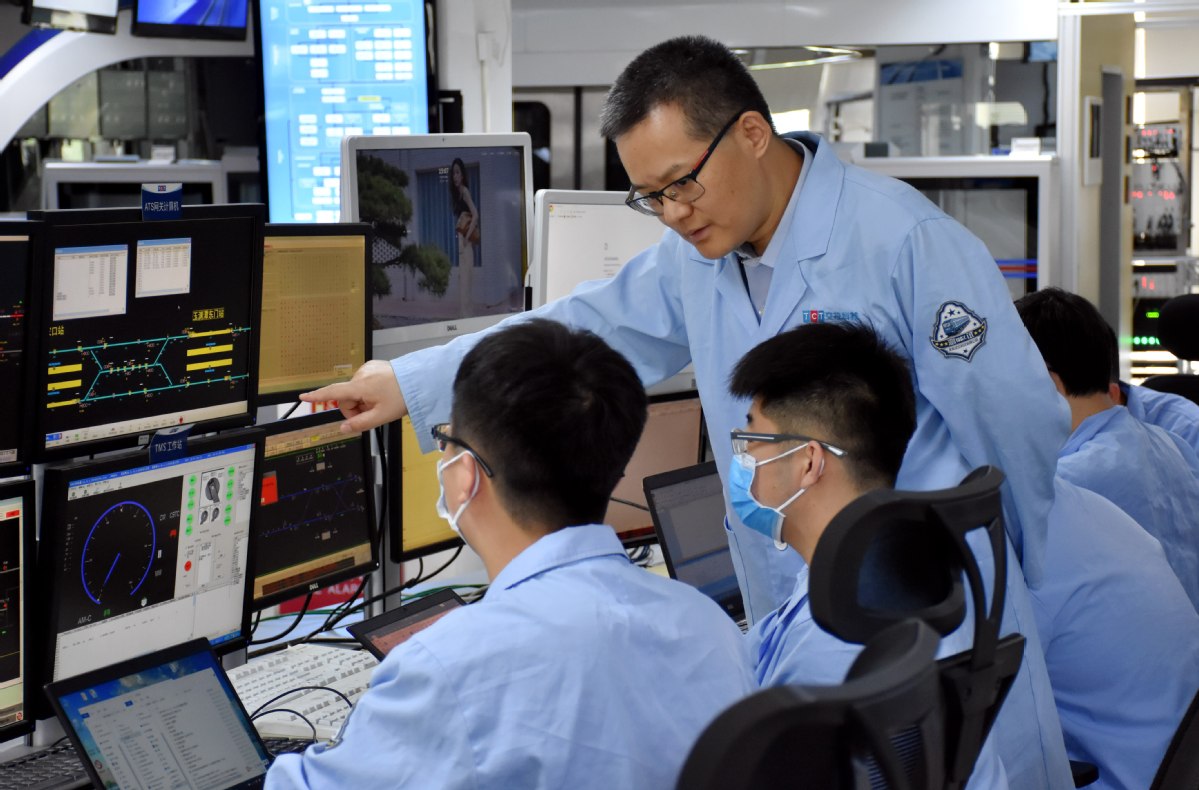
New signal control systems improving operating efficiency, reducing costs
Ten years ago, Gao Chunhai's company began a major innovation in the building of China's urban rail transit system that broke the monopoly of foreign enterprises and drastically reduced operating costs.
With more innovations in the pipeline, Traffic Control Technology is now ready to export its expertise to the world. "China's fast growing urban rail transit systems have spawned new technology," Gao said.
"Based on the large-scale infrastructure construction during the 14th Five-Year Plan period (2021-25) in the country, our technology can be adopted and tested many more times than our overseas counterparts and will lead the world.
"By then, we will be very competitive in the global market. It will also be a big contribution to the world's public transportation systems."
In 2011, the company jointly introduced a communication-based train control system that can handle high volumes of rail traffic running at targeted intervals. The system was initially used on the Yizhuang Line of the Beijing subway network and later expanded to other lines.
Gao, born in 1970, graduated from Beijing Jiaotong University majoring in traffic information and control in 1993. He stayed on campus as a researcher and then an associate professor until he became general manager of Traffic Control Technology, based in Beijing.
In 2009, he became president of the company.
His dedication to the job saw him and his colleagues do test runs of their signaling innovations which were applied to the Beijing subway a decade ago.
According to the official data, the system saves around 3 to 4 million yuan ($620,000) per kilometer in annual operating costs.
Gao's company also proposed the idea of interoperable urban rail transit based on each vehicle periodically exchanging status information with others in operation.
The vehicle-based train control system can be applied to subway lines that have different signal systems, opening the way for greater coordination and efficiency.
